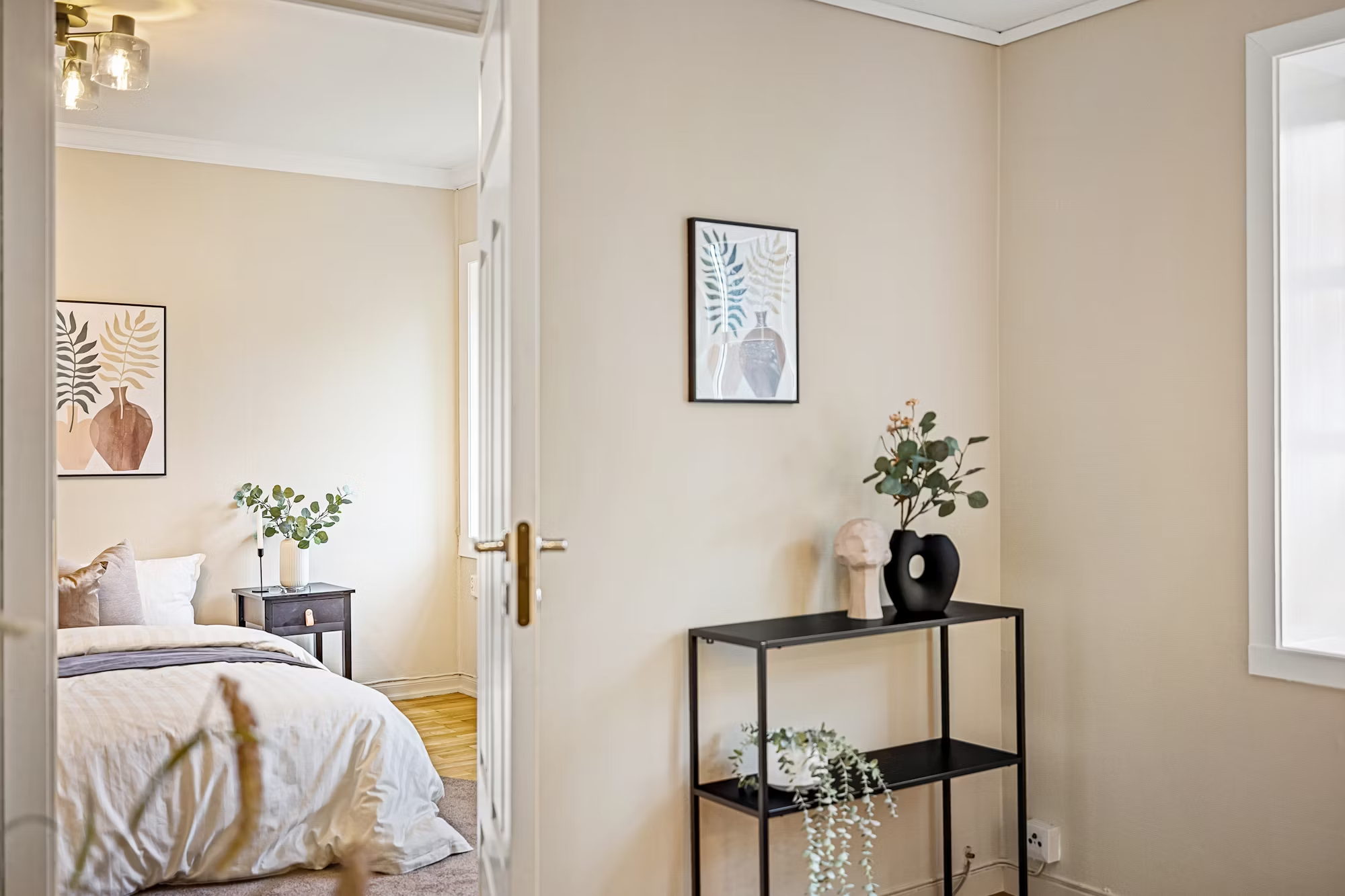The bedroom is more than just a place to sleep; it’s a personal sanctuary where comfort and functionality should coexist harmoniously. Whether you are downsizing, moving into a new space, or simply looking to refresh your existing bedroom, understanding how to maximize comfort while maintaining functionality is essential. In this article, we will delve into various design strategies that can transform your bedroom into a space that meets all your needs while providing a relaxing atmosphere. One of the first considerations in designing a comfortable bedroom is the layout. The arrangement of furniture can significantly impact how the space feels and functions. When planning your layout, think about the flow of the room. You want to create a space that is easy to navigate, allowing you to move around freely without obstruction. Placing the bed as the focal point against a solid wall can create a sense of stability and security. Additionally, consider the placement of nightstands, which should be easily accessible from the bed for convenience. If space allows, creating a separate area for activities such as reading or working can enhance functionality. A cozy chair or a small desk tucked into a corner can make the room feel more versatile. Choosing the right furniture is crucial in establishing both comfort and style. Start with a quality mattress that caters to your sleeping preferences. The right mattress can improve your sleep quality, which is essential for overall well-being. Pair your mattress with a sturdy bed frame that complements your aesthetic. When selecting nightstands and dressers, opt for pieces that offer both style and storage. Look for nightstands with drawers to keep essential items organized and out of sight. In a small bedroom, multi-functional furniture can be a game changer. Consider a bed with built-in storage drawers or a bench at the foot of the bed that can double as a seating area and a place to store extra linens or blankets. Ottomans can also serve multiple purposes, providing seating while offering hidden storage for books, magazines, or seasonal clothing. The color scheme of your bedroom can greatly influence the overall atmosphere. Soft, muted colors create a soothing backdrop, while deeper hues can add depth and warmth. Light colors like soft whites, pale blues, and gentle greens can make the room feel larger and airier, promoting relaxation. Conversely, rich colors like deep navy or forest green can create a cozy and inviting environment. When choosing colors, think about how you want to feel in the space. Complement your wall colors with coordinating bedding, curtains, and decor to create a cohesive look. Lighting is another critical aspect of bedroom design that contributes to comfort and functionality. A well-lit room can enhance your mood and make it more inviting. Start with a combination of ambient, task, and accent lighting to create a versatile atmosphere. An overhead fixture can provide general illumination, while bedside lamps offer soft light for reading or unwinding before sleep. Consider incorporating dimmers to adjust the lighting based on the time of day and your activities. Natural light is equally important; using sheer curtains allows sunlight to filter in while maintaining privacy. Adding mirrors can help reflect light and create a sense of openness. Textiles play a significant role in enhancing comfort and warmth in your bedroom. Layering different fabrics can create a cozy environment that invites relaxation. Start with high-quality bed linens, including soft sheets and a comfortable duvet or comforter. Incorporating various textures—such as knitted throws, plush pillows, and soft rugs—adds depth and interest to the space. A well-placed area rug can also help define different zones within the bedroom, especially in larger spaces. Keep in mind that less is often more when it comes to decor. A cluttered space can detract from the serene atmosphere you are trying to achieve. Instead, focus on a few carefully chosen decorative pieces that resonate with you. Artwork, framed photographs, or a statement piece can add personality without overwhelming the room. Natural elements, such as potted plants or fresh flowers, can enhance the overall ambiance, promoting a sense of calm and well-being. Organization is key to maintaining a comfortable and functional bedroom. A tidy space can help reduce stress and create a more inviting environment. Invest in stylish storage solutions, such as decorative bins or baskets, to keep clutter at bay. Consider using under-bed storage to maximize space, especially in smaller bedrooms. Regularly decluttering your space can also help maintain a peaceful atmosphere. In addition to organization, personal touches make your bedroom truly yours. Incorporate items that reflect your personality and interests, such as books, travel souvenirs, or cherished heirlooms. These details create a sense of belonging and warmth in the space. Additionally, consider creating a small gallery wall with a collection of art or photos that inspire you. Technology can also enhance the comfort of your bedroom but should be used thoughtfully. While devices like smart speakers and charging stations can add convenience, too much technology can disrupt relaxation. Try to limit screens in your bedroom and establish a tech-free zone to promote better sleep hygiene. Instead, consider incorporating a sound system for calming music or nature sounds to help you unwind. Finally, consider the importance of scent in your bedroom. Aromatherapy can have a profound impact on relaxation and overall well-being. Use essential oils, scented candles, or air diffusers to introduce calming fragrances such as lavender, chamomile, or eucalyptus. These scents can create a peaceful environment that encourages rest and rejuvenation. In conclusion, designing a comfortable and functional bedroom requires thoughtful planning and attention to detail. By focusing on layout, furniture selection, color schemes, lighting, and personal touches, you can create a space that not only meets your practical needs but also promotes relaxation and comfort. Embrace the opportunity to transform your bedroom into a sanctuary that reflects your unique style and supports your well-being. With these strategies, you’ll be well on your way to enjoying a peaceful retreat right at home.
